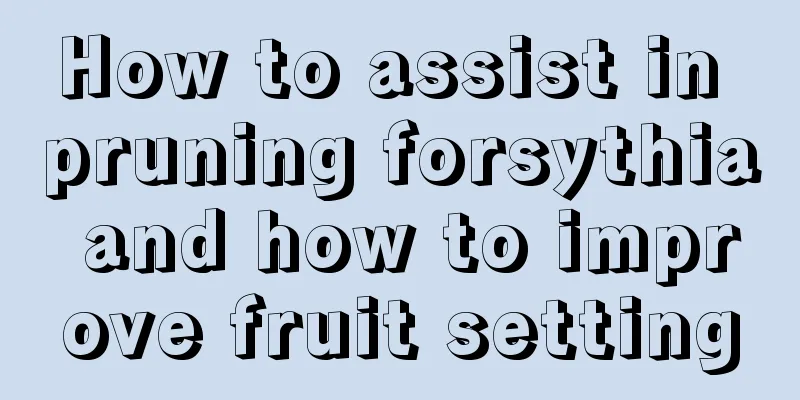How to prune the Clerodendrum thomsoniae

When to prune ClerodendrumClerodendrum thomsoniae is a small shrub with climbing ability. In order to improve its ornamental value and reduce the loss of nutrients, it must be pruned frequently. Clerodendrum thomsoniae can be pruned from May to June after the flowering period each year. This is the period of vigorous growth of the plant, and it can resume growth quickly after pruning. How to prune Clerodendrum thomsoniae1. Topping and pinching Whether it is propagated by sowing or cuttings, when the height of the seedlings is over 15 cm, it is necessary to top and pinch the branches and leaves at the top of the plant. The purpose of pinching is to promote the growth of the plant's side branches and control the height of the plant. 2. Pruning branches During the growth process of the Clerodendrum thomsoniae, it is also necessary to promptly cut off the yellowing, overgrown, and diseased branches and leaves, and trim the withered flowers after the flowering period. This can reduce excessive consumption of nutrients, promote the growth of the plant, and improve the ornamental value of the plant. 3. Comb the branches During the maintenance of the Clerodendrum thomsoniae, if you find dense and overlapping branches, you should thin them out in time and cut off the overly dense branches to increase the light transmittance of the plant. Otherwise, it will not only be detrimental to the appreciation of the plant, but also affect its normal growth. 4. Repotting and pruning The growth rate of Clerodendrum thomsoniae is relatively fast, and the soil in the pot generally needs to be changed every 1-2 years. During the process of repotting the plant, rotten and overgrown roots can be cut off to ensure the growth of the plant. 5. Post-cutting processing After completing the pruning of the Clerodendrum thomsoniae, you must strengthen the management of the plants. First, disinfect the plants to prevent the incision from being infected by bacteria. During daily maintenance, you need to control the light, water, and nutrients. The most critical thing is to ensure the rapid recovery of the plants. |
<<: How to prune green beans? Pruning techniques and steps
>>: How to plant persimmon seeds
Recommend
How many days is the growing period of celery? How long does it take for celery to mature?
The growth cycle of celery is about four months ,...
The leaves of Chlorophytum comosum are getting thinner and thinner, what's going on?
The leaves of the green radish grow weaker Main r...
How to propagate black heart chrysanthemum
Seed propagation of Rudbeckia The sowing and prop...
The growing environment and local conditions of mugwort
Mugwort Growth Environment and Conditions Mugwort...
How to prolong the flowering period of flower arrangements
1. Seize the opportunity To extend the flowering ...
Jute Growing Conditions and Characteristics
Jute Growth Conditions Jute is an annual herb tha...
What soil to use for petunias
condition Petunia prefers loose and fertile soil ...
How to keep roses in pots during the winter (how to keep them safe during the winter)
Roses are cold-resistant plants that can withstan...
How often should I water the money tree?
The money tree, also known as the calamus, is a p...
How to grow cactus
1. Breeding environment 1. Soil: When growing cac...
Precautions for raising cold orchids at home
Choose the right soil Choosing good soil is the f...
Ginseng fruit cultivation method
Seed Planting Soil and seeds Before sowing, the l...
How to grow vegetables
1. Prepare seeds When growing vegetables, you sho...
Where is ryegrass suitable for planting?
Ryegrass planting area Ryegrass generally grows i...
Is the bougainvillea chameleon a frequent bloomer?
Chameleon is a relatively common variety of bouga...









